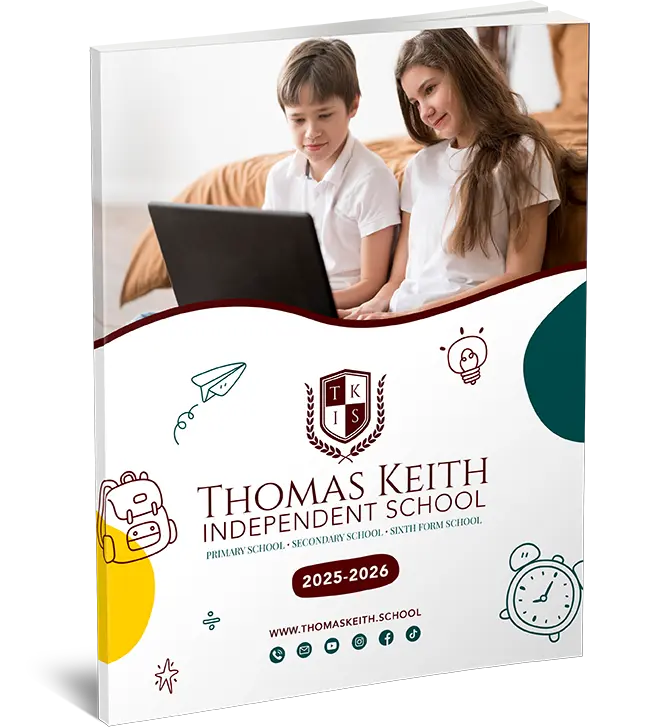
Year 1 Writing Expectations
Introduction Year 1 Writing Expectations
Every child’s first day of school is a significant turning point in their lives, and Year 1 writing is vital to assisting young students in acquiring the fundamentals of literacy. The Year 1 writing goals and expectations are intended to help students go through the fundamental phases of writing while fostering their competence and confidence. This post will explain what Year 1 writing comprises, the main goals teachers concentrate on, and the significance of these formative years in determining kids’ academic achievement. We’ll emphasise practical strategies for creating a supportive writing environment in Year 1 by drawing on insights from educational frameworks, such as those used at the Thomas Keith Online Independent School.
Recognising the Writing Requirements for Year One
Basic writing abilities, such as letter formation, sentence construction, and vocabulary development, are usually introduced to students in Year 1. Writing expectations are tailored to their developmental stage to ensure young learners feel supported as they grow. The goal is to provide a supportive and loving environment for kids to experiment with language and communicate their ideas.
Important Writing Requirements for Year 1:
Recognition and Formation of Letters
It is expected of young pupils to correctly recognise and write letters. This entails knowing how to properly form letters on paper in addition to being able to recognise them. The fundamentals of holding a pencil, positioning paper, and making strokes that produce distinct and recognised letters are frequently the focus of activities.
Sound Correspondence and Phonics
One of the main components of Year 1 writing expectations is phonics. For IForpupils to start creating words, teachers need them to associate sounds with the letters that correspond to those sounds. Because it allows kids to write simple words and subsequently small phrases, this core ability is crucial.
Expanding Vocabulary
One of the most important aspects of Year 1 writing is expanding one’s vocabulary. Through exposure to a variety of terms, frequencentredered around subjects related to their daily lives, students are encouraged to increase the size of their vocabulary.
Fundamental Sentence Structure
An essential component of writing in Year 1 is comprehending sentence structure. Simple sentence construction is taught to students, first under supervision and then with increasing independence. This could involve learning to construct clear and coherent sentences using fundamental punctuation, such as capital letters and full stops.
Expression of Creativity
Creativity is also emphasised in the first year’s writing requirements. Students are encouraged to use descriptions or short stories to express themselves, which cultivates a love of writing and gives them a sense that their opinions are respected.
Writing Goals for Year 1: Establishing the Groundwork for Literacy
The Year 1 writing objectives, which seek to foster a love of narrative as well as technical writing abilities, are highly aligned with the larger educational aims. Every goal acts as a springboard for achieving higher levels of literacy.
Key Goals for First-Year Writing:
Proficiency in Fundamental Phonics
Developing proficiency in phonics, which forms the foundation for spelling and reading skills, is a primary goal. To strengthen these links between letters and sounds, teachers like those at Thomas Keith Online Independent School employ interactive techniques like phonics games and songs.
Capacity to Form Basic Sentences
Students should be able to independently compose simple phrases by the end of Year 1. To make the assignment less intimidating, this goal can include exercises where kids write about subjects they are familiar with, such as their family or favourite animals.
Enhancing Fine Motor Skills
Physical development goals are frequently included in writing objectives, such as honing fine motor abilities to enhance handwriting. To strengthen the muscles involved in writing, exercises like tracing, drawing, and even cutting with scissors are included.
Promoting Creativity and Self-Expression
The writing goals for the first year also place a strong emphasis on creativity, urging students to express their imagination and personal experiences via writing. To encourage children to express themselves, many schools, like Thomas Keith, incorporate creative prompts and narrative activities.
Developing a Positive Writing Attitude
Developing a positive attitude about writing is arguably one of the most important goals in Year 1. Teachers may assist young students feel proud of their accomplishments and inspired to keep learning by praising, encouraging, and celebrating minor victories.
![]()
Using Successful Writing Techniques: Perspectives from Thomas Keith Online Independent School
Writing in Year 1 at Thomas Keith Online Independent School is approached with a combination of creativity and organisation. A reputation for excellence in early education has been built by Thomas Keith through the implementation of a flexible curriculum and the prioritisation of individual learning requirements. Some of the tactics they use to assist Year 1 pupils in meeting their writing goals are listed below.
Important Techniques:
Customised Educational Programmes
Thomas Keith develops individualised lesson plans for each kid because he understands that every child learns differently. This enables educators to focus on each child’s unique strengths and areas for development, offering them individualised attention.
Engaging Phonics Classes
Games, singing, and narrative are all incorporated into Thomas Keith’s extremely engaging phonics training. In addition to making learning enjoyable, these captivating activities help young children retain phonics abilities.
Utilising Electronic Instruments
Thomas Keith incorporates technology into the educational process with the adaptability of an online platform. Students are kept interested and writing abilities are reinforced through the use of digital resources like instructional apps and interactive whiteboards.
Small class sizes allow for more individualised care.
Small class sizes enable teachers to work with each student one-on-one, giving them the time and attention they require to improve their writing. Additionally, this method creates a tight-knit classroom community where kids can express themselves freely.
Positive reinforcement and consistent feedback
Feedback is highly valued by Thomas Keith teachers, who also take time to acknowledge minor successes and offer helpful advice. Students gain a better understanding of their development and are inspired to keep getting better as a result.

Typical Obstacles in First-Year Writing and Solutions
Even with teachers’ best efforts, some kids may find Year 1 writing difficult. Early intervention for these problems can have a big impact on a child’s development.
Common Difficulties:
Challenges with Forming Letters
Some kids may have trouble with fine motor abilities, which makes it hard for them to accurately form letters. This challenge can be addressed with consistent practice and hand-muscle-strengthening exercises.
Phonics Confusion
For kids who might have trouble hearing or discriminating sounds, learning phonics can be particularly tough. To strengthen these abilities, teachers frequently employ repetition and a variety of teaching strategies, including phonics songs and visual aids.
Insufficient Self-Belief
When they first start writing, many young students are unsure about their writing skills. Their confidence can be greatly increased by providing them with positive reinforcement and fostering a judgment-free learning atmosphere.
Limited Word Knowledge
It takes time to develop a strong vocabulary, and some kids could get upset by the large number of words they can choose from. Children’s vocabulary can be progressively increased by encouraging them to read and experiment with new words in enjoyable contexts.
In conclusion
Writing goals and expectations for the first year set the foundation for a child’s literacy development. These early abilities lay the groundwork for later learning, from building simple words to grasping fundamental phonics. A child’s writing development can be greatly impacted by a supportive, tailored approach, as demonstrated by schools such as Thomas Keith Online Independent School. Teachers can support students in embracing the writing process and developing a lifetime love of language by fostering a good learning atmosphere and offering systematic coaching.
FAQs
1. What are the main requirements for writing in Year 1?
Mastering letter formation, phonics, vocabulary development, comprehension of fundamental sentence structure, and fostering creative expression are the primary goals.
2. How can educators support phonics-challenged students?
To strengthen the link between letters and sounds, teachers might employ interactive techniques such as phonics games, songs, and visual aids.
3. Why is it crucial for Year 1 writers to express themselves?
Giving kids the freedom to express themselves boosts their self-esteem and makes writing enjoyable, which promotes a lifetime love of reading.
4. How does feedback affect writing in Year 1?
Young learners need feedback to identify their areas of improvement, develop self-esteem, and acknowledge their progress.
5. How is writing in Year 1 supported at Thomas Keith Online Independent School?
Thomas Keith creates a stimulating, encouraging environment for young writers through personalised learning programs, interactive phonics sessions, and internet resources.
6. What should Year 1 students be able to write?
They should write simple sentences with basic punctuation, like full stops and capital letters.
7. How should Year 1 students use punctuation?
They should use capital letters at the start of sentences and full stops at the end.
8. What type of handwriting is expected in Year 1?
Neat, legible handwriting with correct letter formation.
9. What kind of sentences should Year 1 students write?
Simple statements, questions, and commands.
10. How can I help my child improve their writing?
Encourage them to write about their day and practice spelling simple words.
![]()







